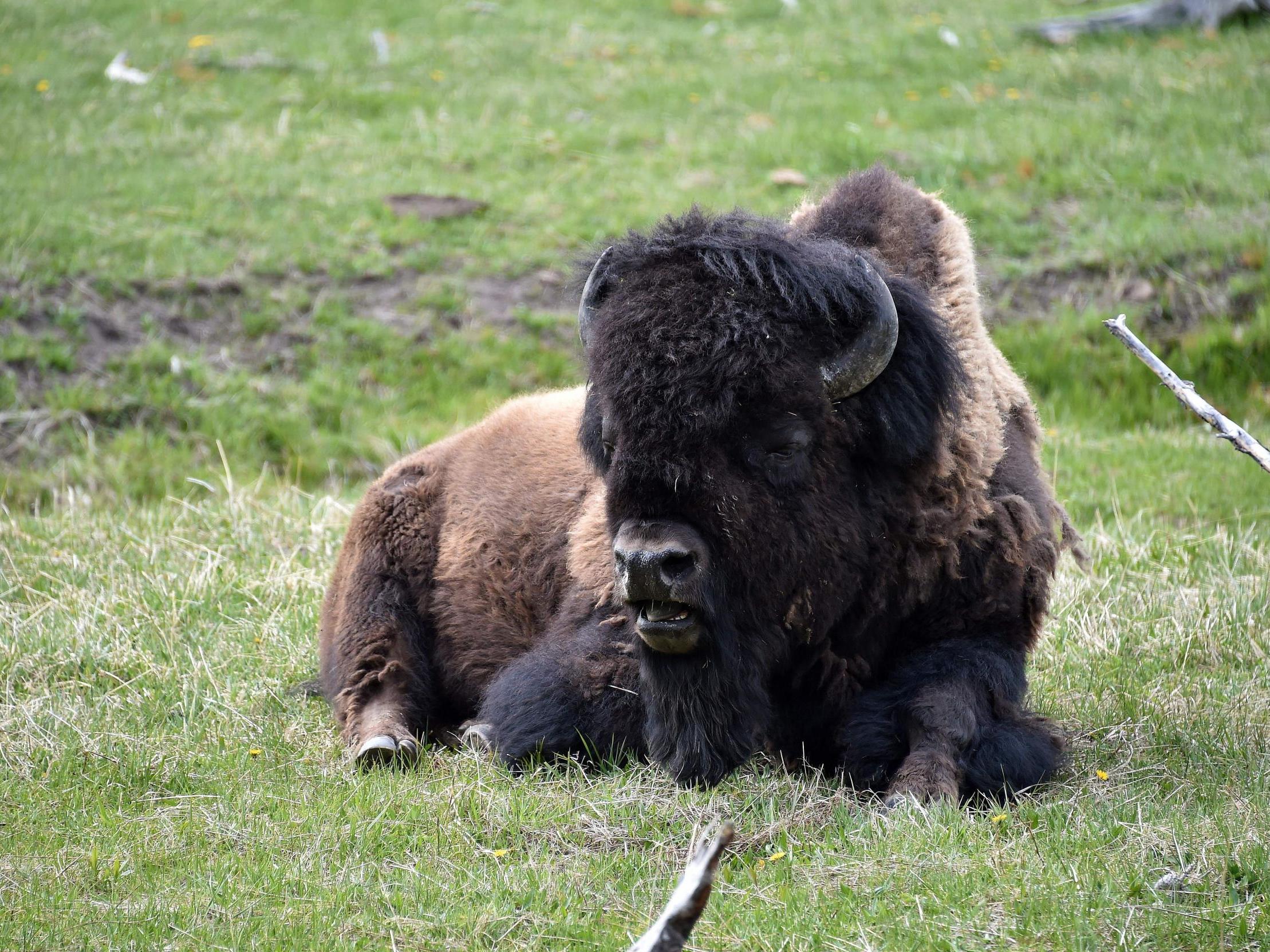Yellowstone bison to be slaughtered to regulate population
The state wishes to reduce the population by up to 900 animals this winter

Your support helps us to tell the story
From reproductive rights to climate change to Big Tech, The Independent is on the ground when the story is developing. Whether it's investigating the financials of Elon Musk's pro-Trump PAC or producing our latest documentary, 'The A Word', which shines a light on the American women fighting for reproductive rights, we know how important it is to parse out the facts from the messaging.
At such a critical moment in US history, we need reporters on the ground. Your donation allows us to keep sending journalists to speak to both sides of the story.
The Independent is trusted by Americans across the entire political spectrum. And unlike many other quality news outlets, we choose not to lock Americans out of our reporting and analysis with paywalls. We believe quality journalism should be available to everyone, paid for by those who can afford it.
Your support makes all the difference.Yellowstone National Park is capturing wandering bisons for possible slaughter as part of a population reduction programme, officials have said.
From Sunday any of the mammals found migrating outside the park will be held in pens for possible slaughter, and by midday on Monday six bison had been captured.
The animals were taken as they entered the Gardiner Basin along the Yellowstone-Montana border, park spokeswoman Linda Veress said.
State and federal officials carry out the reduction annually and wish to reduce the population by up to 900 animals this winter.
The move comes under an agreement that aims to shield Montana's cattle industry from the disease brucellosis, which many bison carry.
Yellowstone Park currently contains around 4,900 bison. If the population expands the animals tend to take part in winter migration in search of food.
The reduction will also involve hunting, slaughter and placing animals into quarantine for relocation.
According to Yellowstone, due to high rates of survival and reproduction, the bison population is currently increasing by 10 to 17% per year.
Their website states: “We understand that many people are uncomfortable with the practice of capture and slaughter. We are too, but there are few options at this time.”
CBS Sunday Morning contributing videographer Judy Lehmberg reported: “Yellowstone managers have tried to deal with the large bison population for years, while at the same time attempting to appease both those who don't want any bison killed, and the hunters, ranchers and some locals who want the population controlled.”
Last August, Yellowstone announced that 55 male bison were transported to Fort Peck Indian Reservation in central Montana, where a fenced area has been designated for them.
Montana Indian tribes have been requesting "surplus" bison from Yellowstone to repopulate their reservations for years, CBS reported.
The transfer of the bison to Fort Peck was considered as a historic step for bison conservation.
“The transfer of these bison is the culmination of years of work by the NPS, the Tribes, the State of Montana, and APHIS,” said Superintendent Cam Sholly. “Quarantine is a critical component in bison management and the NPS is committed to expand and sustain this program.”
Join our commenting forum
Join thought-provoking conversations, follow other Independent readers and see their replies
Comments